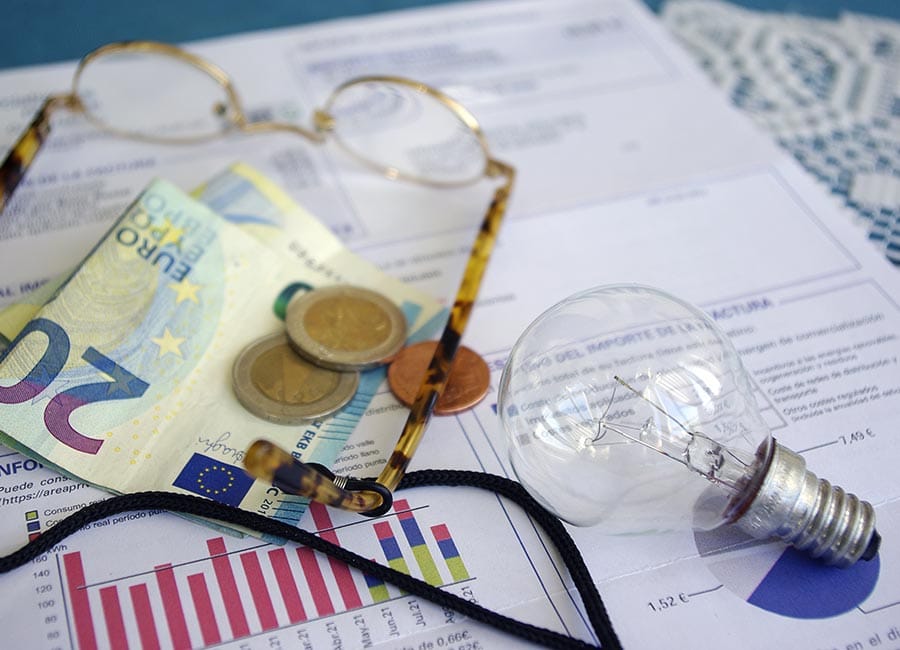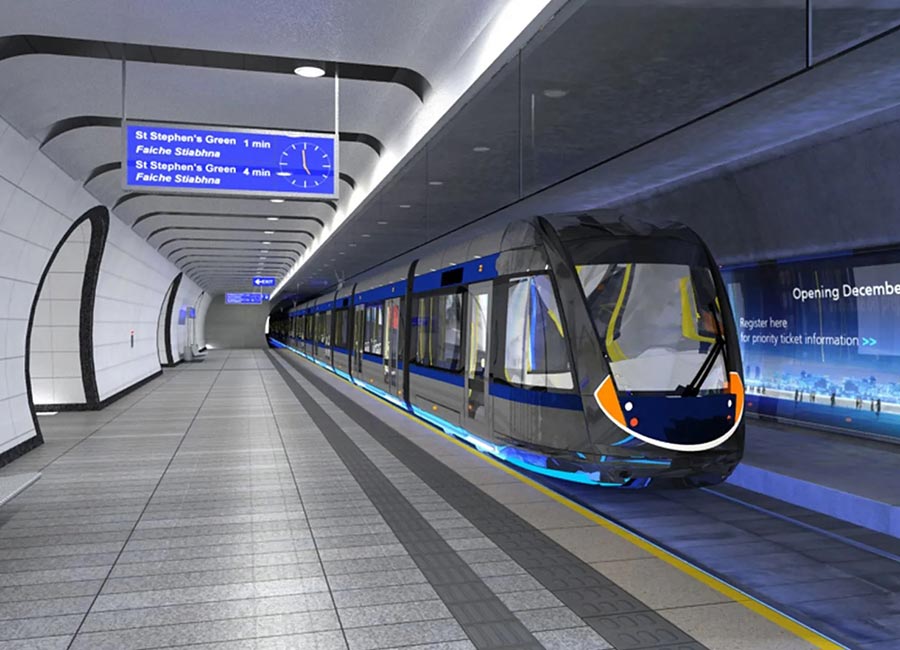Calls have been made for Ireland to build a second interconnector to tackle supply shortages and soaring prices of electricity - before the first one has even been built.
Plans for the Celtic Interconnector, an underwater electricity link to France, were given the go-ahead in May and it is expected to be completed by 2026.
It means Ireland can bypass the UK for direct access to Europe's electricity market. It will allow Eirgrid to sell excess power when Ireland's wind generators are at full tilt, and import power from Europe when needed.
But thinktank the Irish Institute of European Affairs (IIEA) fears this won't be enough to address the soaring bills that have hit millions of customers. In a new report, the IIEA warns that measures to address energy inflation have been 'largely short-term'.
Report co-author Luke O'Callaghan-White said: "A second interconnector will be necessary to manage security of supply and to help keep consumer prices down and enable Ireland to export wind energy as the wind economy grows in the next decade."
Energy prices have spiralled in the past 12 months: gas prices are up 61% and electricity is up 41%. The rise in prices is the "main driver of inflation in the EU today", the study says. The latest figures show inflation at 7.8% - "the largest increase in almost 38 years", according to the CSO.

Study co-author Daire Lawler said while surging energy prices are "not solely a consequence of the war in Europe, the EU's reliance on Russian energy imports can now be seen as a glaring policy mistake".
Daragh Cassidy of switching site Bonkers.ie said: "As a result of Brexit, Ireland is no longer directly connected to the EU's energy market. The Celtic Interconnector can't come soon enough.
"A second connector would obviously improve our energy security further. However, the first interconnector is still several years away from fruition."









